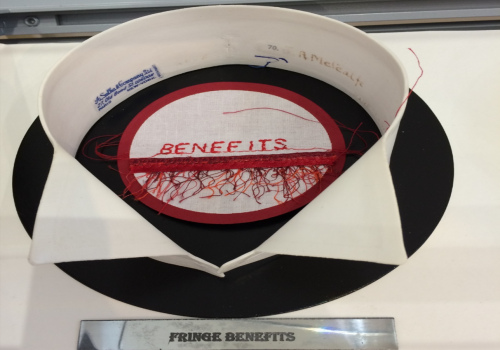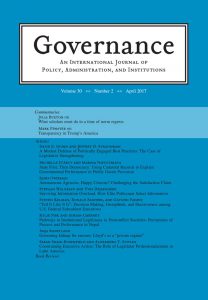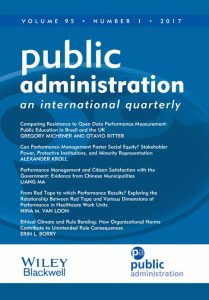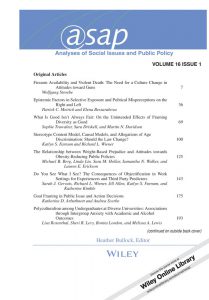Celebrating the XIX ISA World Congress of Sociology, Toronto, 15-21 July 2018
The XIX ISA World Congress of Sociology is taking place 15-21 July 2018, in Toronto Canada. The theme of the congress is Power, Violence and Justice: Reflections, Responses and Responsibilities and aims to focus on how scholars, researchers, policy makers, professionals and activists across the disciplines can contribute to our understanding of power, violence and justice. To celebrate this diverse, multidisciplinary Congress, we are pleased to bring together a collection of content from journals across the social sciences, including sociology,...









